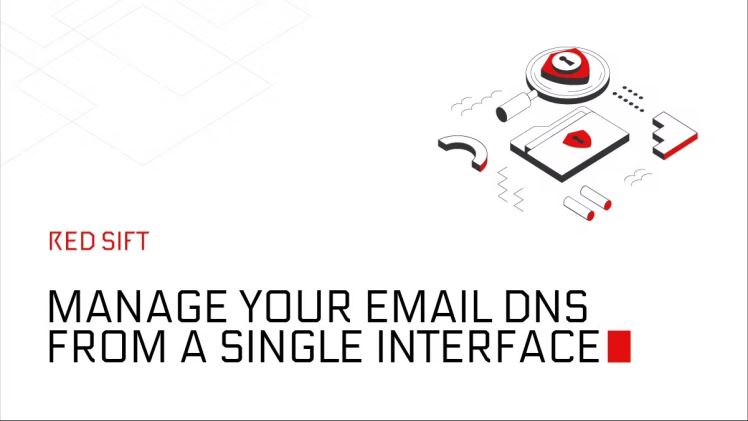Why Choose Dynamic DMARC

Dynamic Domain-based Message Authentication, Reporting, and Conformance (DMARC) is an email authentication, policy, and reporting protocol. DMARC builds on the widely deployed SPF and DKIM protocols, adding a reporting function that gives senders and receivers feedback about messages that fail DMARC validation due to forged sender addresses. DMARC also provides a policy framework that lets email domain owners indicate how they would like unauthenticated email handled.
Dynamic Dmarc lies in its ability to combat email spoofing, a significant problem for businesses and individuals. Email spoofing is sending an email with a forged sender address to trick the recipient into thinking that the email is from someone else. It can be done for malicious purposes, such as phishing or malware attacks, or to spam someone’s inbox.
Dynamic Dmarc addresses the email spoofing problem by allowing domain owners to specify how they want unauthenticated emails to be handled. Domain owners can choose to have unauthenticated emails blocked, quarantined, or forwarded to a specific email address. It allows businesses and individuals to protect themselves from email spoofing attacks and other malicious activity.
Dynamic DMARC also provides a reporting function that gives feedback about messages that fail DMARC validation. The feedback improves email authentication practices and identifies potential email delivery problems.
Dynamic Dmarc is growing in popularity as more businesses and individuals become aware of the problem of email spoofing. In addition, many email service providers (ESPs) are now supporting DMARC, which makes it easier for businesses and individuals to implement.
There are a few things to keep in mind when using Dynamic Dmarc. First, it is essential to ensure that an organization’s email infrastructure is appropriately configured to support DMARC. Second, the organization should monitor its DMARC reports carefully to ensure that the email is delivered as intended. Finally, the organization may need to adjust its DMARC policy over time as its email authentication practices improve.
Please visit for more information: Movierulz Page
Advantages of Dynamic DMARC
The first benefit is the most important, as it helps to ensure that email messages come from the sender they claim to be from. It is essential for several reasons, including preventing phishing attacks and other types of fraud.
The second benefit is also significant, as it provides a way for email providers to track authentication results and identify any problems that may be occurring. This information can improve the effectiveness of authentication methods and ensure that messages are being delivered to the intended recipients.
The third benefit is also significant, as it provides a way for email providers to enforce policies that can help to protect their users from email-based attacks. For example, a provider could reject all messages that fail DMARC authentication, preventing any message that did not pass authentication from being delivered.
Safety is paramount in any business, especially for institutions, to ensure that the organizations not only surface breaches but also that the data of all the individuals affiliated with the organization is protected. Most important is that all the client’s needs are met swiftly.





